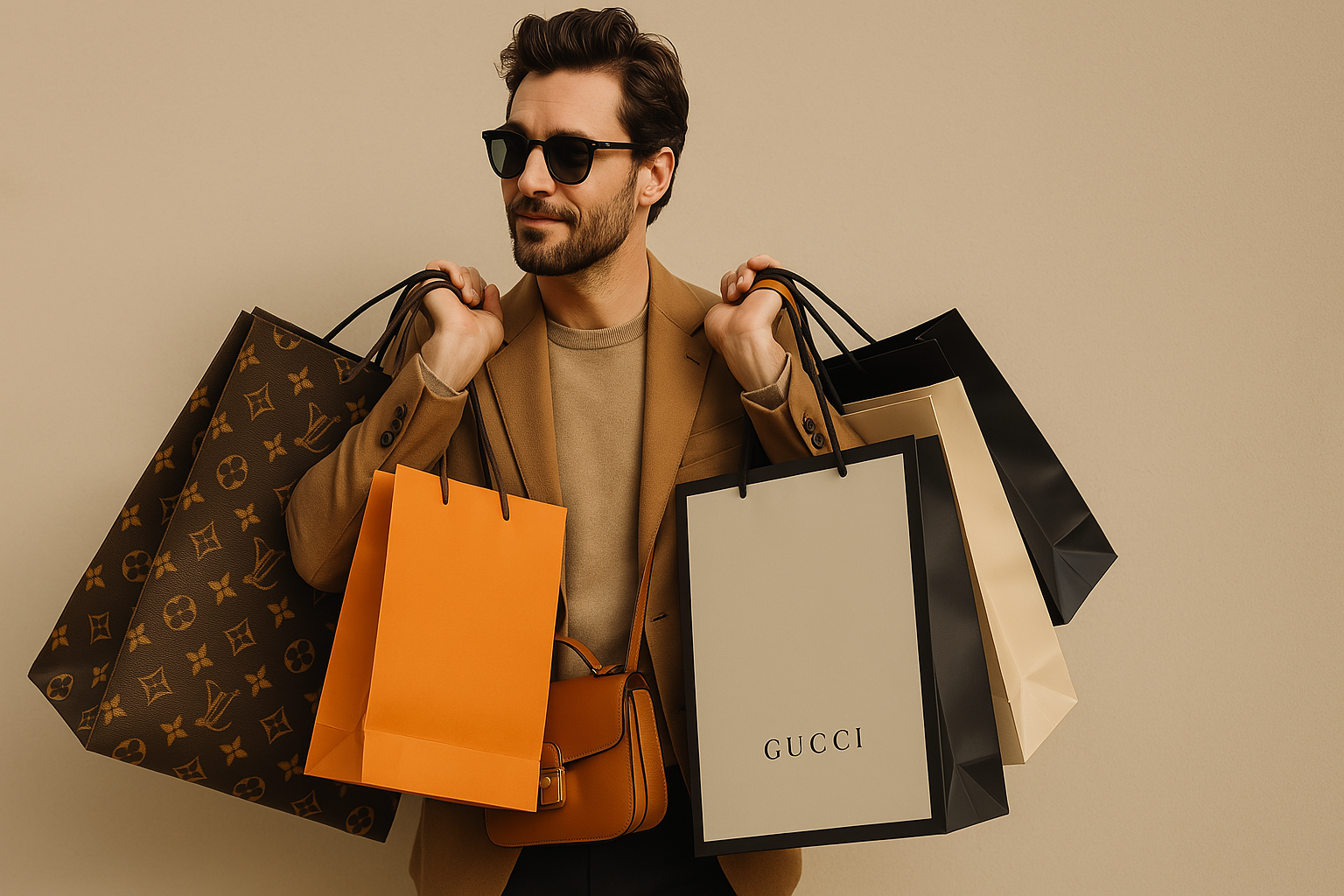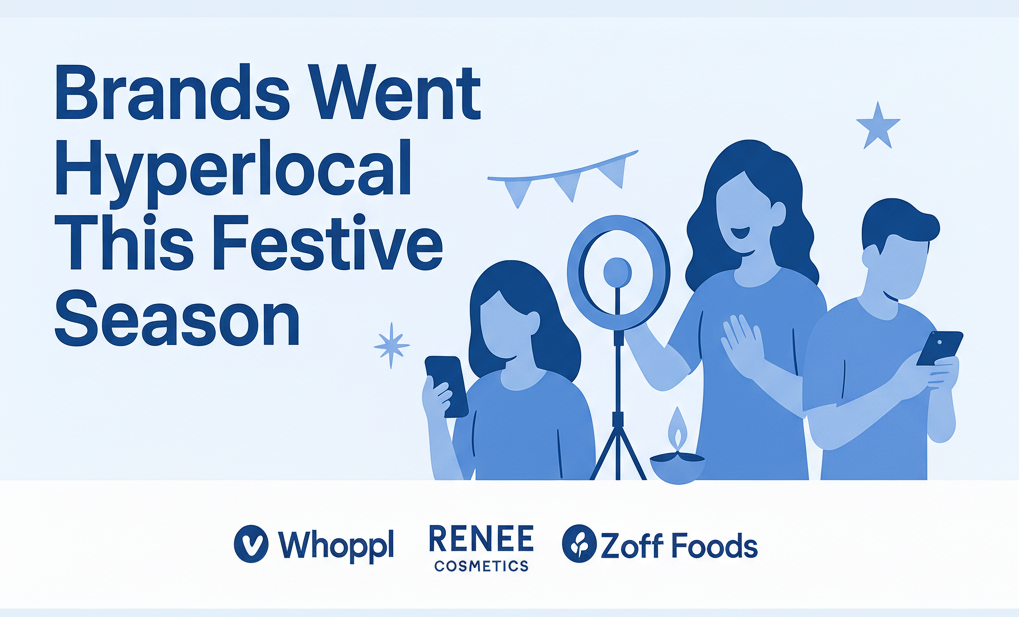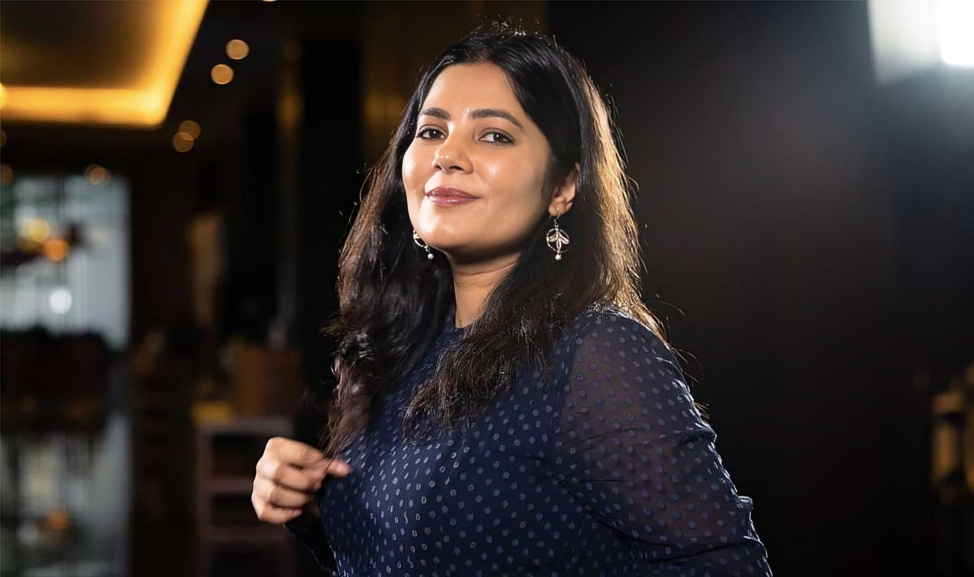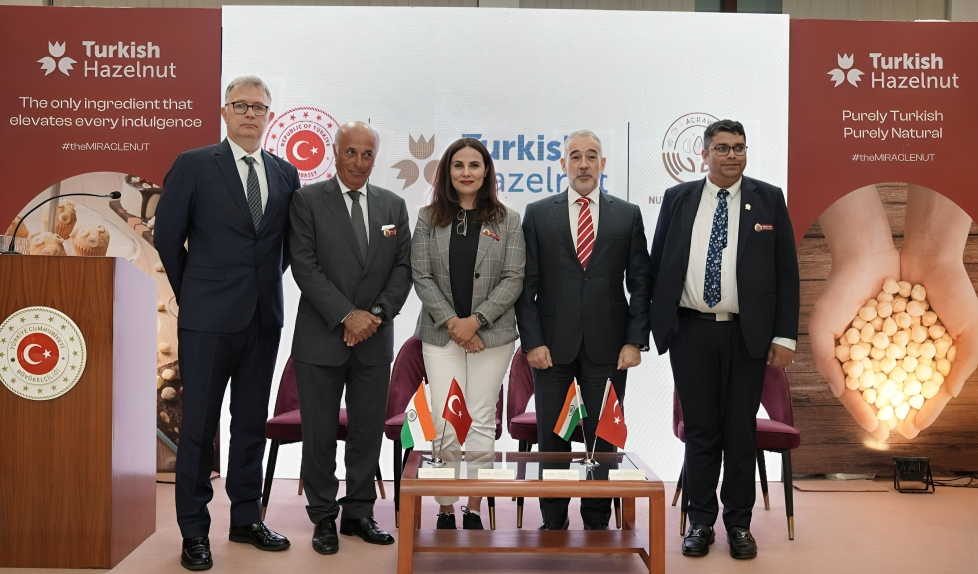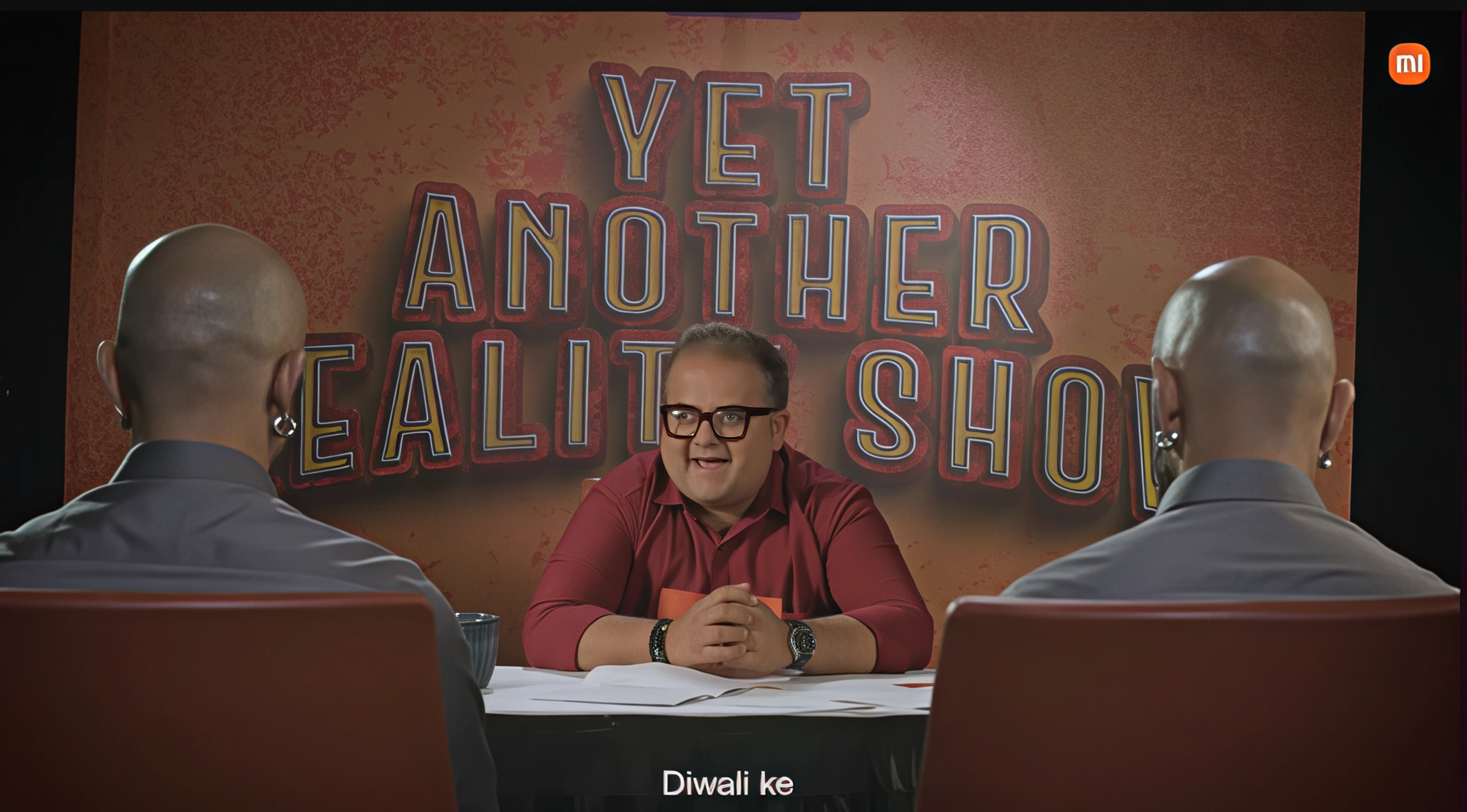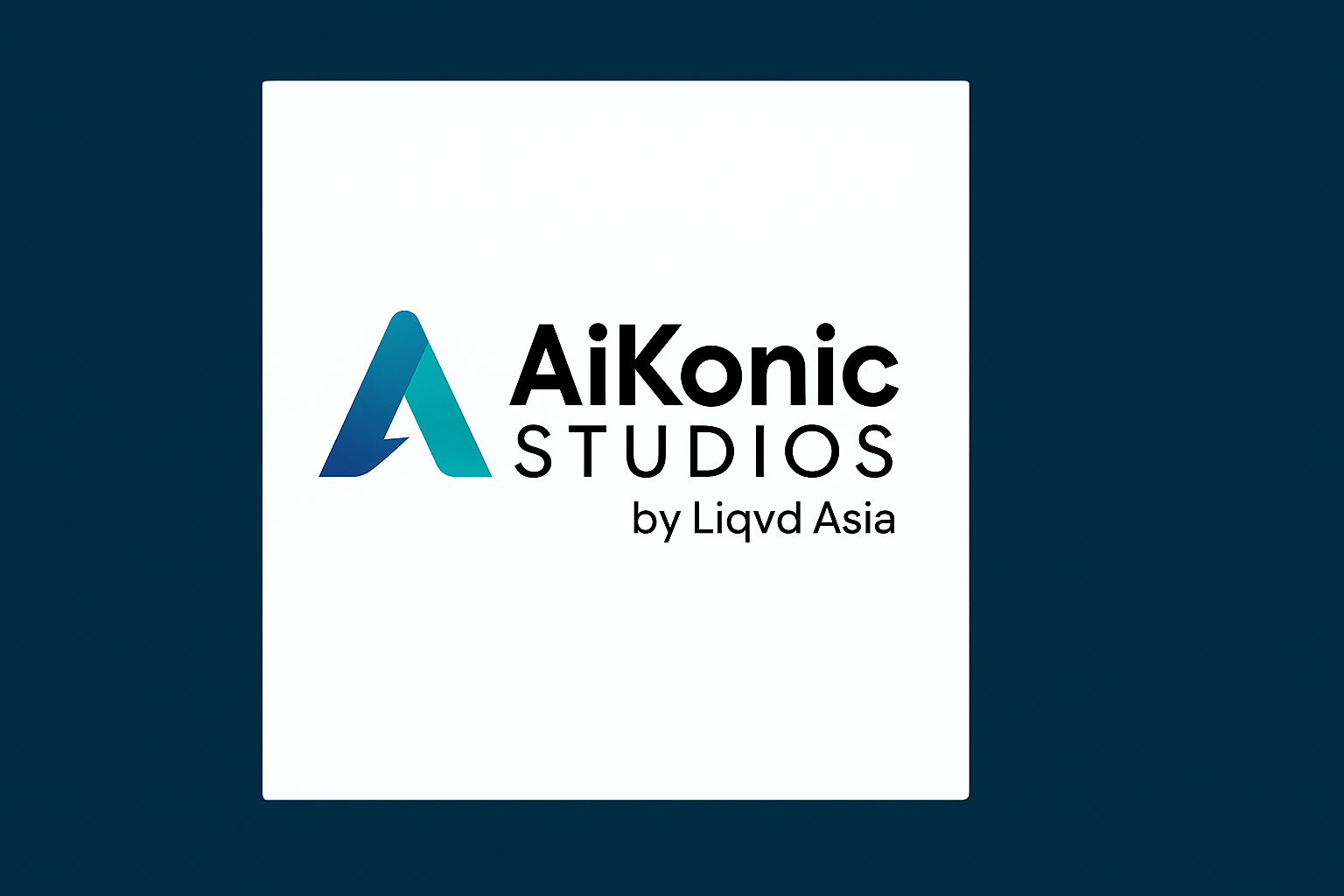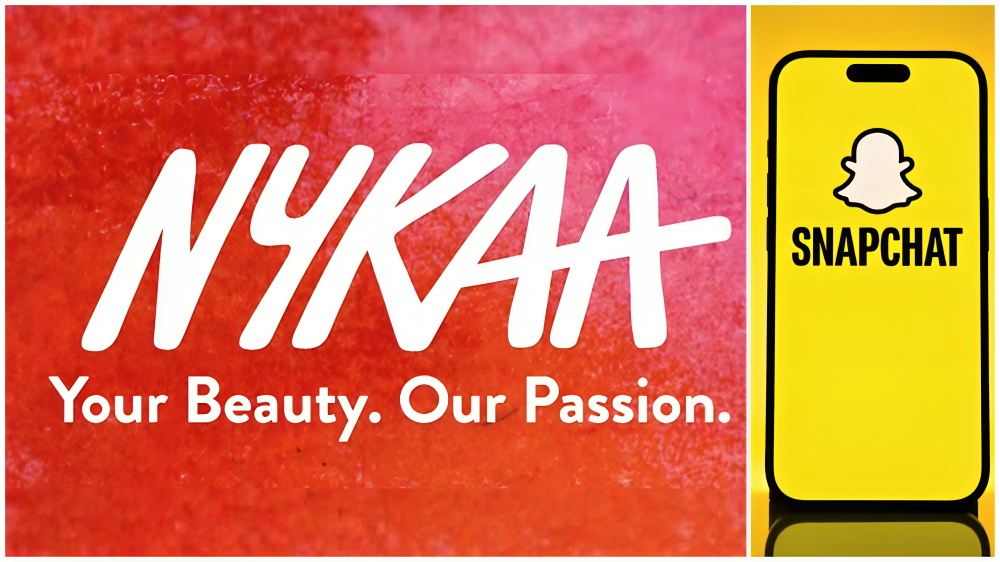Luxury is facing its most crucial turning point in over a decade. According to the latest insights from Boston Consulting Group’s True Luxury Global Consumer report for 2025, the global personal luxury goods market is expected to flatten or decline slightly, signaling a rare slowdown. But beyond the numbers lies a deeper shift. The audience that once gave luxury its volume is stepping back, and the future now belongs to a far more selective few.

For years, aspirational buyers formed the backbone of luxury’s expansion. They made up nearly seventy percent of the market’s volume, bringing prestige brands into the lives of middle-income dreamers. But now, their spending is shrinking. Economic pressures and a shift in priorities are pushing many to pause or stop their luxury indulgences. Some are diverting money to investments, health, or even second-hand purchases, while others are questioning the value of a luxury that feels increasingly industrial and impersonal. This decline has already impacted several brands that relied heavily on these entry-level consumers.
In their place, the world’s top-tier clients have taken center stage. This group, just a fraction of the global population, now accounts for nearly a quarter of all luxury spending. With an average annual spend of over three hundred fifty thousand euros, these ultra-rich buyers are seeking much more than a logo. They want craftsmanship, intimacy, and a brand that truly sees them. These are not mass-market customers. They are private, loyal, and increasingly drawn to experiences that feel personal, exclusive, and emotionally resonant.
ADVERTISEMENT
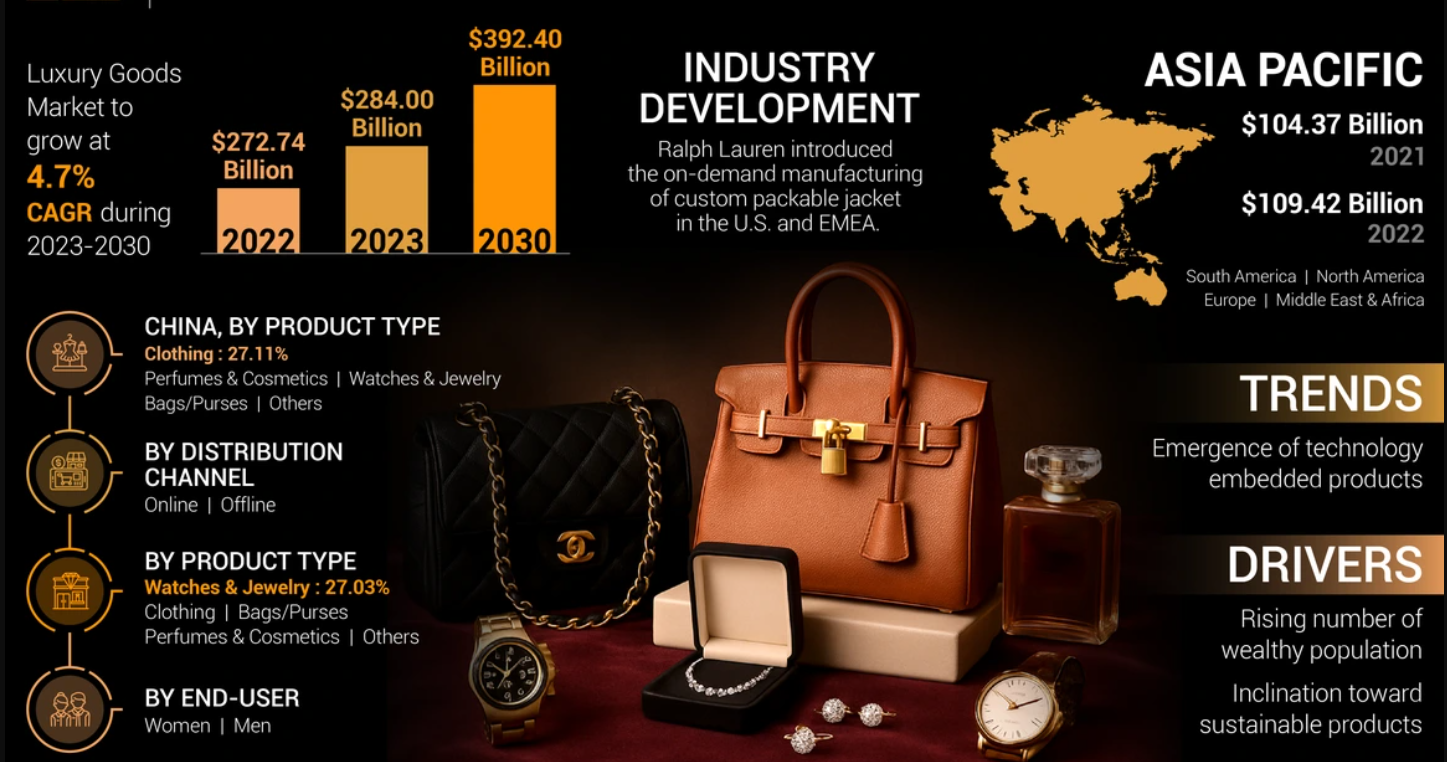
The report also spotlights India as a fast-rising player in this space. While it is not yet a replacement for China, India’s pool of high-net-worth and ultra-wealthy individuals is growing at an impressive rate. With a young, brand-aware population and increasing purchasing power, the country is quickly becoming essential for luxury brands looking to build long-term relevance. But what matters even more is how these consumers are thinking. For them, luxury is not about display anymore. It is about identity, health, heritage, and meaning.
In response, brands are being urged to go back to their original DNA. Forget mass scaling or chasing trends. What is needed now is a return to quality, personalization, and high-touch experiences that treat each client as irreplaceable. The new luxury consumer wants more than just a product. They want a story, a feeling, a relationship that feels crafted rather than marketed. GenAI may enhance this, but the core must always remain deeply human.
Luxury is becoming quieter, slower, and more mindful. And perhaps that is exactly what will make it feel luxurious again.
For more insights on how brands are redefining the future of luxury, follow Marketing Moves on Instagram and Facebook.

